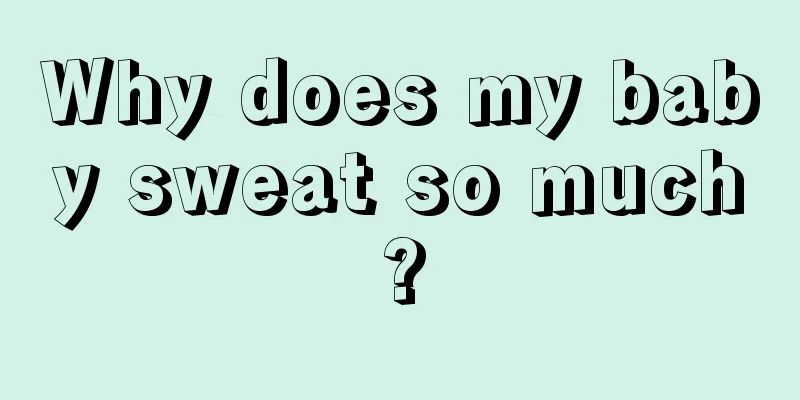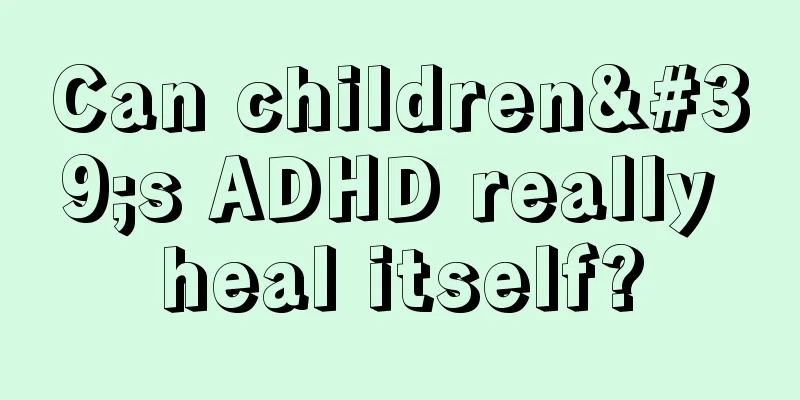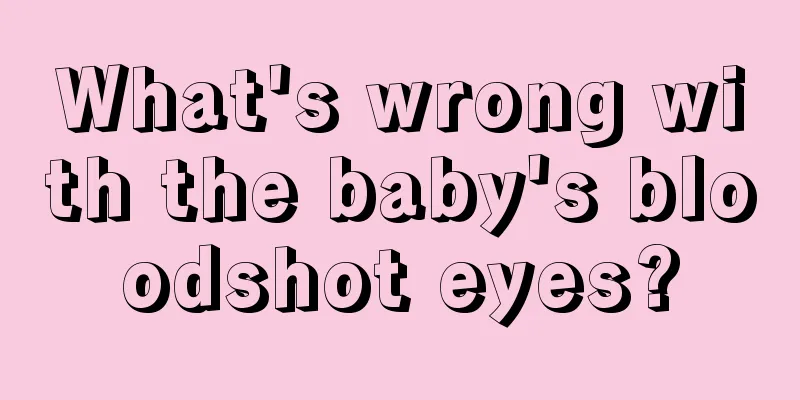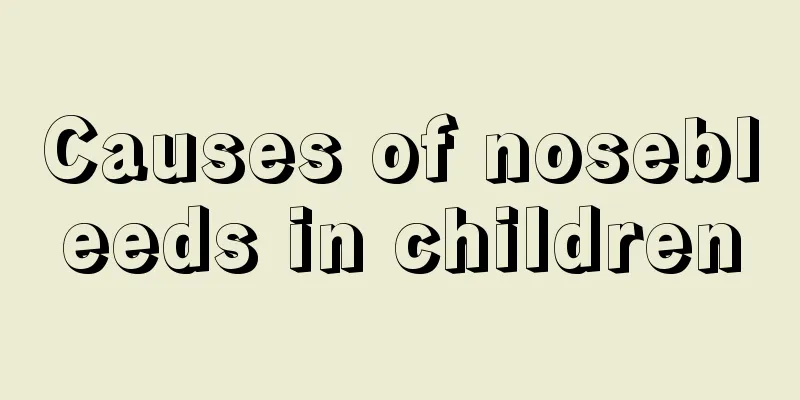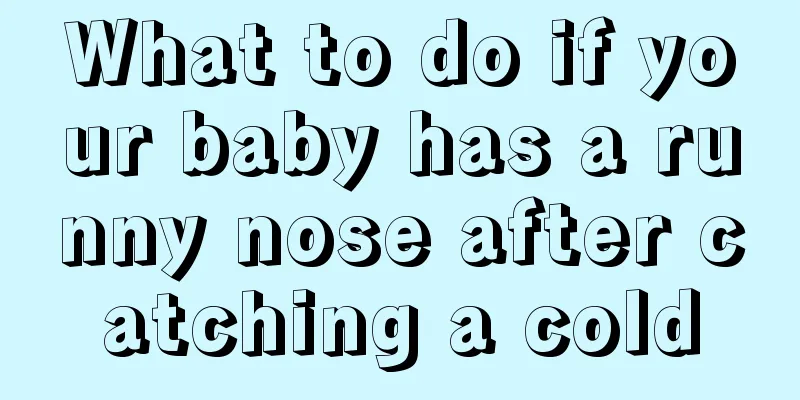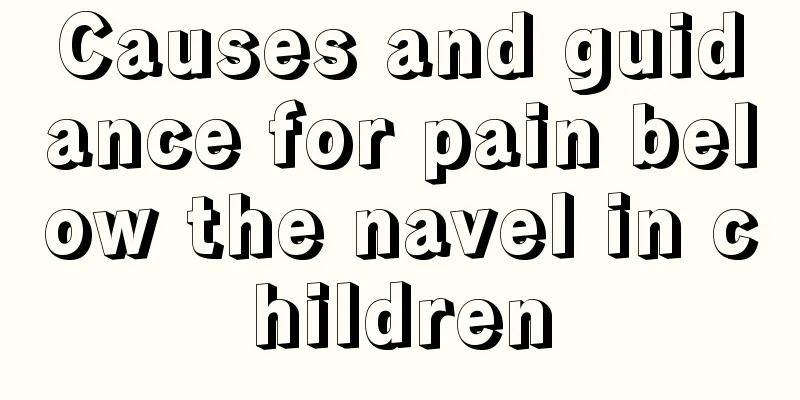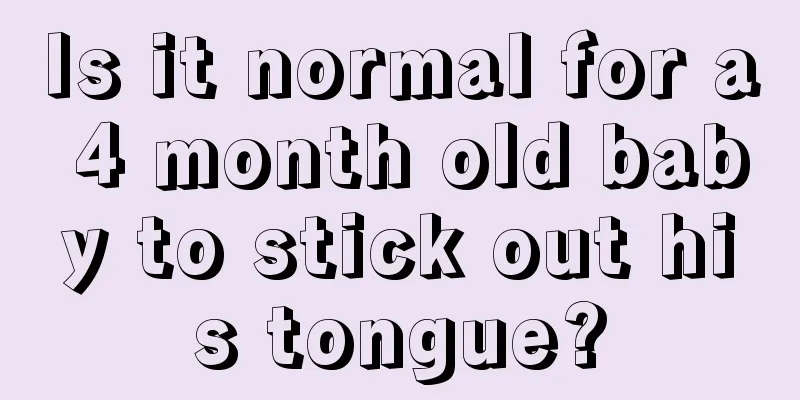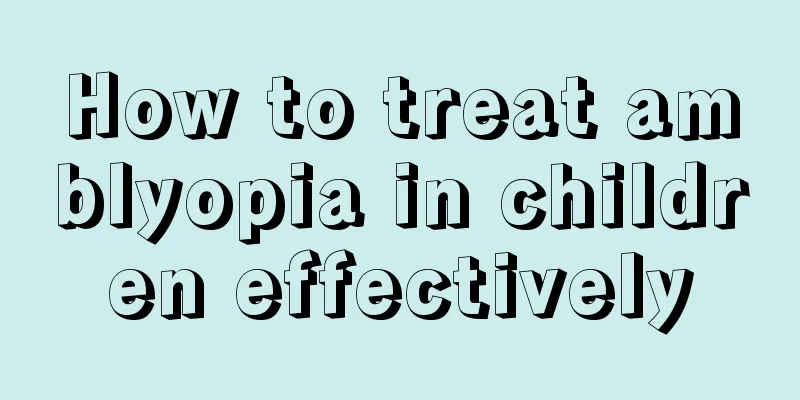What toothbrush is good for children?
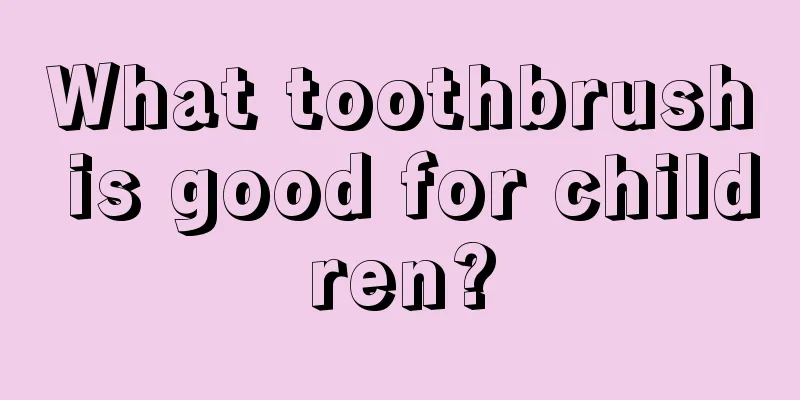
|
Washing our face and brushing our teeth are things we do every day. Protecting our teeth is very important to us. Brushing our teeth is a way to protect our teeth. If you want to keep your teeth healthy, the choice of toothbrush when brushing your teeth is particularly critical. We should pay attention to this issue when the baby is young, so that we can better protect the baby's teeth. Protecting teeth should start from childhood, so what kind of toothbrush is good for children? Teach you how to choose a toothbrush suitable for your baby By the time a child is three years old, he or she will have about twenty "baby teeth." At this time, the child's teeth are basically fully grown, and small food particles also have the opportunity to take advantage of it. They can easily get stuck in the gaps between the teeth and cannot come out. Now, with your guidance and help, your child should begin brushing his teeth with a soft toothbrush at least twice a day: before breakfast and at night before going to bed. Brushing your teeth up and down can remove small food particles trapped between teeth. Children should choose toothpaste containing fluoride. Fluoride strengthens teeth and prevents tooth decay. Under the guidance of your child's pediatrician, you can give your child a fluoride supplement once a day. But please do not supplement your child with fluoride on your own initiative, because too much fluoride will make the color of your child's teeth darker when he grows up, which is not good for your child. Most of the time, your child will enjoy brushing their teeth. However, your child will still need your continued guidance and help if necessary. (Most children don't fully learn to brush their teeth until first or second grade.) Don't overlook the importance of caring for your preschooler's "baby teeth." If too many "baby teeth" at this time have cavities, then this will affect the permanent teeth that will grow out of the child in the future. 1. How to choose a toothbrush suitable for children Choose a suitable toothbrush according to the growth of your child's deciduous teeth. If the bristles of your toothbrush become bent, you should replace it with a new one, at least every 6 to 8 weeks. 1. Finger toothbrush Use it when the child has just grown 1-2 small teeth. Put it on your finger to brush your child's teeth. It can not only clean the teeth but also gently massage the gums. Silicone solid toothbrush, suitable for use when 2-3 teeth have grown out. It has a toothbrush handle that is easy for babies to hold, and the brush head is elastic and moderately hard and soft, designed for children to bite. It can not only remove the debris on the teeth, but also massage and protect the gums, which can fully satisfy the baby's desire to bite things during this period. Safety accessories ensure safety. 2. Silicone solid toothbrush with pointed bristles It is suitable for use after 8-11 teeth have grown out, and it also has the functions mentioned above. It can also be used for children to practice brushing their teeth. The silicone bristles are also very soft and will not scratch your child's delicate gums. 3. Children's toothbrush It can be used when all the baby teeth have come out. You can choose a health toothbrush for your baby to practice brushing teeth. Its characteristics are: the brush head is small, with a length equivalent to the width of four front teeth. It can rotate flexibly in the mouth and can brush the surfaces of all teeth; the bristles are fine and can enter the gaps between them; the bristles are rounded and do not irritate the gums or damage the teeth; the toothbrush handle is of moderate length, and the surface of the toothbrush handle should preferably have a layer of non-slip veneer to make it easy for children to grip. Tips: Maintenance of small toothbrush: After brushing your teeth each time, rinse the toothbrush with running water. Because toothpaste, food residues and bacteria will adhere to the toothbrush. If you don't clean your toothbrush thoroughly, the bacteria that weren't cleaned the next time you brush your teeth will return to your mouth. The toothbrush must be kept dry between uses. Otherwise bacteria will multiply in a moist environment. If the toothbrush splits after a short period of use, it means that you are brushing too hard and you should pay more attention to it in the future. 4. Electric toothbrushes are not suitable for preschool children At present, there are a large number of colorful and cute children's electric toothbrushes on the market, which are favored by many children who don't like brushing their teeth, while manual toothbrushes tend to be neglected. In this regard, experts say that electric toothbrushes and manual toothbrushes have their own advantages and disadvantages. It is recommended that preschool children use manual toothbrushes and brush their teeth under the supervision of their parents. After school age, you can choose an integrated electric toothbrush with soft bristles and a small brush head. The survey found that the price of children's electric toothbrushes is generally 5 to 10 times higher than that of ordinary manual toothbrushes, but in order to make children who don't like brushing their teeth willingly complete the task of brushing their teeth, many parents are happy to buy them. Experts say that just because electric toothbrushes are expensive doesn't mean they clean better than manual toothbrushes. If you use the correct brushing method, a manual toothbrush is just as effective as an electric toothbrush. The advantages of electric toothbrushes are that they are convenient, powerful enough, and can attract the interest of some children in brushing their teeth. However, their disadvantages are that they have to take functionality into consideration, so there are inevitably flaws in the design. For example, the brush head is generally large, so the cross-section of the toothbrush after entry is too large, and some tooth surfaces or gaps may not be brushed; secondly, the bristles of electric toothbrushes are relatively hard and may damage children's teeth and gums. "Children's teeth are inherently softer in texture, so if you use a manual toothbrush, it is generally recommended to buy one with softer bristles, which can both reduce damage and enhance massage. However, there are fewer options for electric toothbrushes." Experts suggest that if you use an electric toothbrush, it is best to wait until the child is a little older before buying it, while manual toothbrushes can still be used for preschool children. Parents must be cautious when choosing a toothbrush for their baby. I hope all parents can understand the points in the article and let their babies develop a healthy habit of brushing their teeth and protect their teeth from an early age. This way, their babies will have healthy teeth from an early age, and parents will no longer worry about their baby's dental health. |
<<: Are there any side effects to children's motion sickness medicine?
>>: What to eat for children who get carsick
Recommend
What are the preventive measures for tonsil suppuration in children?
Children are more prone to illness because their ...
Five month old baby pillow
Babies develop very quickly, and each stage of de...
What are the causes of stomach pain symptoms in children?
At present, many families have only one child. Ma...
Reasons why two-month-old babies don't sleep
Nowadays, parents pay little attention to their c...
19-month-old baby early education
For people who have just become parents, it is no...
Height and weight standard for 100-day-old babies
The height and weight of a 100-day-old baby shoul...
The 5 places on the baby's body that are most afraid of cold
Babies have relatively weak ability to regulate b...
What is the most effective way to treat stuttering in children?
In our current lives, many young parents lack a l...
Is it normal for the baby to have cross-eye contact?
After a child is born, parents hope that all the ...
Child stuttering? These correction methods are simple and effective
Some children stutter and are not fluent when spe...
What to do if your child has a toothache and a swollen face
For children, the most common cause of toothache ...
What should I do if my four-month-old baby has eczema on his head?
Eczema is a common skin disease. In many cases, e...
What is the developmental standard for a newborn baby at four months?
After the baby is born, as the baby's age inc...
Is it good for children to drink milk on an empty stomach?
Children are the hope of the motherland. Children...
What is the situation of baby's stool being stringy?
Whenever the baby defecates, the mother and famil...

